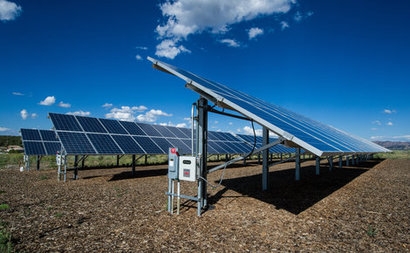
Operating solar flexibly involves dispatching electricity on a sub-hourly basis and providing grid reliability services, whereas the conventional mode of operation means that all solar available output must be delivered to the grid. The detailed technical study uses the PLEXOS Integrated Energy Model to simulate generator unit commitment and dispatch of an actual Florida utility system.
Until now it has been assumed that higher levels of solar and wind electricity create challenges for grid operators due to the variability and uncertainty of their output. This can lead to concerns about grid flexibility, ramping requirements and over-generation, exemplified by the California Independent System Operator’s (CAISO) ‘duck curve’. However, a previous study conducted by First Solar, the CAISO, and the National Renewable Energy Laboratory found that solar can be operated flexibly, and in fact can respond much faster than conventional resources to instructions from the grid operator.
Simulating utility-scale solar deployment levels up to 28 percent annual solar energy penetration, the E3 study calculates operating cost savings of adding solar generation to the electricity system under four different solar operating modes representing different levels of flexible grid response. The study claims that operating solar flexibly provides significant additional value compared to other operating modes. This means incorporating solar resources into the utility’s real-time dispatch decisions as well as relying on solar energy to provide essential grid reliability services. The increased value stems from anticipated reduced fuel and maintenance costs for conventional generators, reduced curtailment of solar output, and reduced air emissions. It grows as the level of solar penetration increases.
“The study confirms our intuition that solar can provide the most value to the system if grid operators fully utilize the flexible dispatch capabilities of solar power plants, especially under increased solar penetration levels” said Arne Olson, Senior Partner at E3. “Utilities and grid operators should stop thinking of solar as a problem to be managed, and start thinking of it as an asset to be maximised.”
Mahesh Morjaria, Vice President of Systems Development at First Solar, added that by leveraging the full suite of operational capabilities that all First Solar resources are already equipped to provide, solar can become an important tool to help operators meet flexibility and reliability needs of the grid. Such capability makes it possible for solar to go beyond a simple energy source and instead contribute to important system requirements the way conventional resources do.
For additional information:

